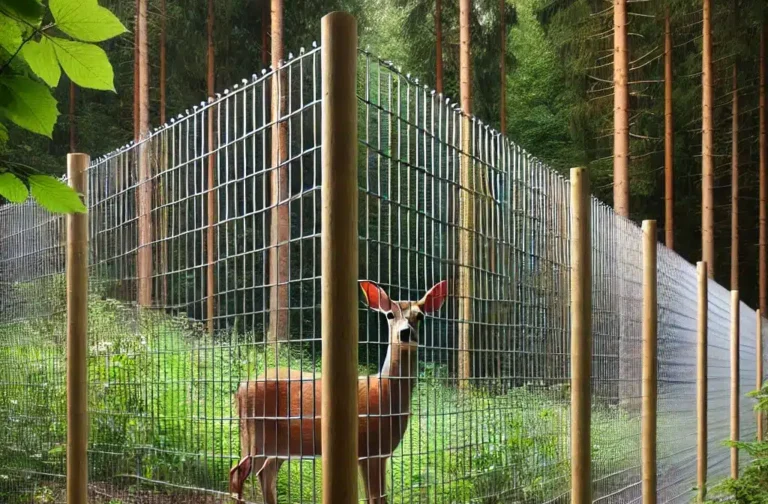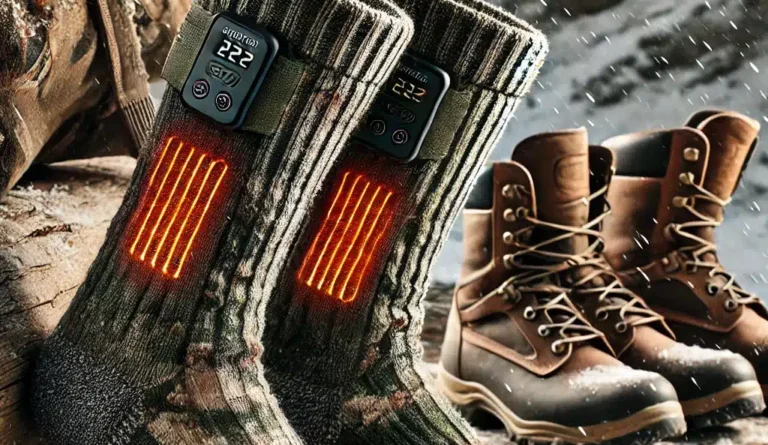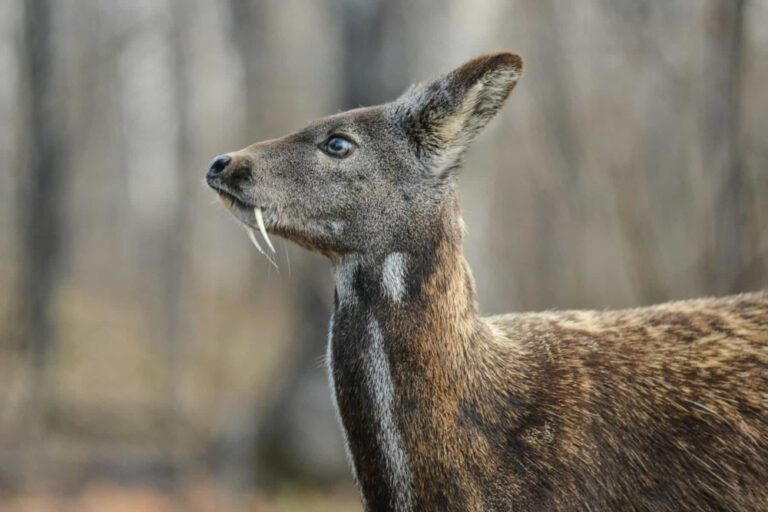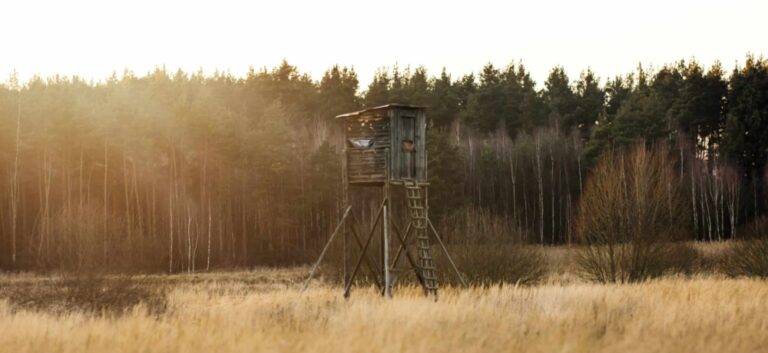Have you ever gazed into the empty sockets of a deer skull, a silent testament to a hunt well-executed? It’s more than just a trophy, friends. That intricate bone structure holds stories waiting to be unearthed.
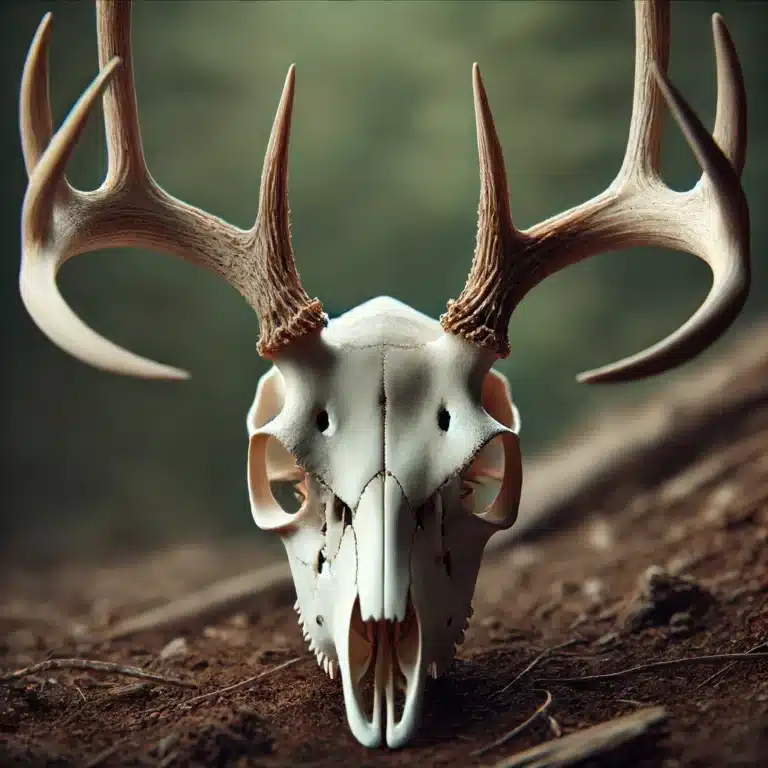
As a seasoned hunter, I’ve spent years tracking, outsmarting, and respecting the magnificent whitetail deer. But the harvest doesn’t end with the shot.
In some environments, deer are considered a pest, especially when they inhabit areas close to homes and gardens due to their tendency to eat many kinds of cultivated plants.
The deer skull, often relegated to a dusty shelf or a mounted display, whispers tales of age, species, and the very essence of this remarkable creature.
The Anatomy of a Deer Skull: A Hunter’s Knowledge
The deer skull isn’t just a spooky Halloween decoration (though it can pull that off, too!). It’s a biological marvel, a roadmap to the life and story of the deer it once belonged to.
A deer skull can also be whitened for display purposes, making it a striking addition to a man cave or hunting lodge.
For a hunter, understanding this intricate map can be incredibly rewarding. Let’s crack open the knowledge vault and explore some key features:
Aging a Deer by its Skull

Not all bucks are created equal, and a mature trophy buck deserves proper recognition. The good news is the deer skull itself holds the key to unlocking its age. Here, we’ll explore a few methods to estimate a deer’s age based on the silent story its skull tells:
The environment where deer are found can significantly affect the wear and tear on their skulls.
Tooth Wear
Deer teeth, like human teeth, wear and tear as the animal ages, making the skull a product of the deer’s life and environment. We can make educated guesses about the deer’s maturity by examining the incisors, premolars, and molars for chipping, grinding patterns, and overall wear.
We’ll discuss specific features to look for at different age ranges, giving you the tools to decipher this fascinating dental record.
Suture Fusion
The bones of a young deer’s skull aren’t fully fused. As the animal matures, these sutures (the lines where bones meet) begin to harden and disappear in a specific order. Examining key suture locations can give us valuable clues about the deer’s age.
We’ll pinpoint specific sutures to focus on and explain how their fusion indicates a young buck versus a seasoned veteran.
Remember, these methods are not foolproof, and experience plays a role in accurate aging. However, you’ll be well on becoming a deer skull age detective by understanding tooth wear and suture fusion!
Sexing a Deer Skull: Unveiling the Mystery
While a magnificent rack of antlers is often the giveaway for a male deer, the skull itself can also offer clues for sex determination. Here, we’ll unveil the key differences between male and female deer skulls:
Male and female deer skulls are often sold differently due to their distinct features.
Antler Bases
This is the most obvious indicator. Male deer (bucks) have prominent antler bases, such as bony protrusions where antlers emerge from the skull. These bases are typically wider and rougher than the corresponding areas on a female (doe) skull. Some species may not even have visible antler bases.
Overall Skull Size
Generally, male deer skulls are larger and more robust than female skulls. This reflects the larger body size of bucks compared to does. However, size alone can be a less reliable indicator, especially for younger deer.
Preparing a Whitened Deer Skull: From Field to Mantel
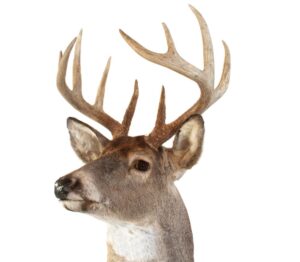
The hunt is over, and you’re cradling a magnificent deer skull, a trophy earned through skill and patience. But before it takes its place of honor on the mantelpiece, there’s a crucial step: proper cleaning.
Make sure you have all the necessary supplies in stock for cleaning and whitening the skull. Transforming that raw skull into a gleaming testament to your success is an achievable feat.
Here, we’ll unveil the secrets to achieving a professional-looking, finished skull:
Proper Cleaning Techniques: A Step-by-Step Guide
Let’s get down to the nitty-gritty. This section will provide a detailed, step-by-step process for removing flesh and tissue from your fresh deer skull. We’ll delve into:
Skinning and Flesh Removal: Learn the proper techniques for separating hide and remaining flesh from the skull using sharp knives and scraping tools. The price of different cleaning supplies can vary based on the quality and type of tools used.
Boiling (Optional): We’ll discuss the pros and cons of boiling as a cleaning method, highlighting safety precautions and potential drawbacks like loosening teeth or damaging bone integrity.
Maceration (Optional): Explore the alternative method of maceration, where the skull is submerged in water to allow the natural decomposition of tissues. We’ll cover the setup process and potential odor concerns.
Once the skull is clean, it’s not quite ready for its close-up. There’s residual grease and a lingering natural color that needs addressing.
Here, we’ll explore effective degreasing methods using readily available solutions and discuss various whitening techniques to achieve that professional finish.
Legalities and Regulations of Deer Skulls

Local regulations regarding a deer skull can vary. Here’s what you need to know:
Check Local Laws: Always check your local wildlife regulations concerning the possession and transport of deer skulls. Some states may require permits or specific cleaning procedures. Contact local authorities via email for specific regulations.
Crossing State Lines: Be extra cautious when transporting a deer skull across state lines. Regulations can differ significantly, and failure to comply could result in fines or confiscation.
By following these guidelines, you can ensure your trophy reflects your hunting skills, respect for the animal, and adherence to responsible hunting practices.
The Deer Skull – Considered Beyond the Trophy
The deer skull is more than just a mounted prize or a spooky decoration. It’s a window into the life and story of a magnificent creature. Understanding its anatomy can unlock secrets about the deer’s age, species, and even sex. You can also send the skull for professional cleaning or display preparation.

